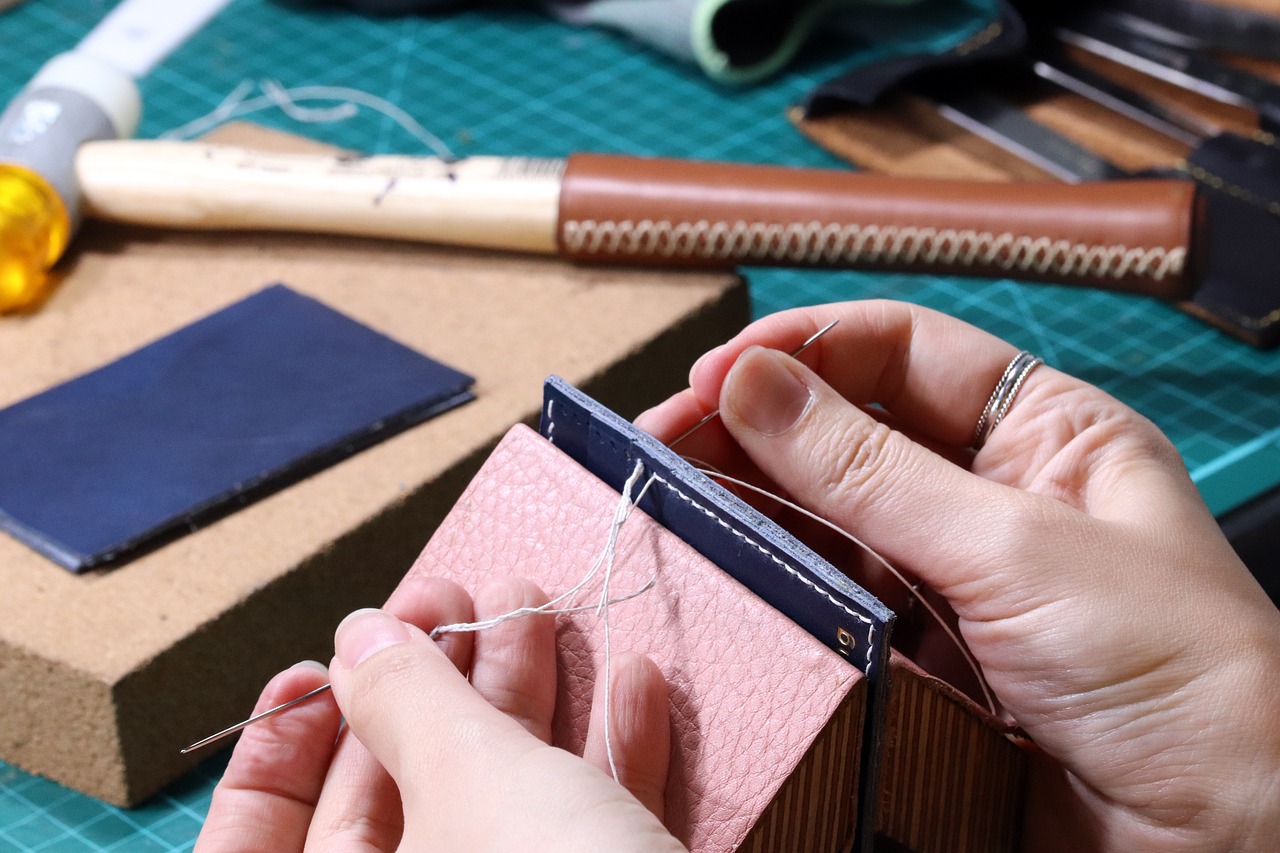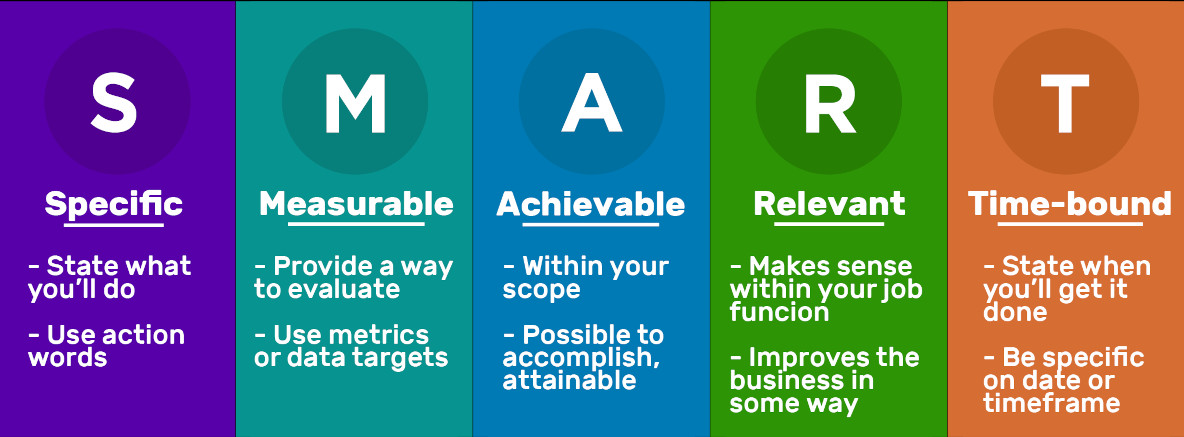
In my welcome post, I said that THE most common question I hear in the Facebook groups I’m in is some version of “where do I find … ?”
Whether you are just launching your craft business, or are struggling to find the profitable price point for your market, this post is for you.
The second most common question is some version of “how much should I charge for … ?”
This entire website is dedicated to helping crafters around the world answer the first question.
This post is an attempt to answer the second.
How Do You Make a Profit from Crafts?
Far too many crafters turn their hobby into a business without giving enough thought to how to price their products properly for their market. Very often they under value their work, and charge too little to build a profitable business. As a result, they struggle to find the price point that will enable them to succeed.
Some manage to find the price point and build thriving businesses.
Many don’t.
What can be done to avoid this struggle?
The solution that makes the most sense to me is to price for profit from the very beginning.
If you don’t, if you make pricing your products an after thought, or set your prices according to what your competitors sell their products for, you could well doom your fledgling business to failure.
What is involved in pricing for profit?
To price for profit, you need to know :
- what it costs to make each of your products,
- how much your fixed and variable costs are,
- what your time is worth, and
- how much profit you require from each product to meet your income needs.
Once you know those figures you can use them to set your wholesale and retail prices at a level that ensures you make a fair profit by using a version of the following general formula that works for you in your circumstances :
Wholesale = 2x variable costs + fixed costs + labor costs
Manufacturer’s Suggested Retail = 2 X wholesale
To do that, you need to :
- establish a fair hourly rate for your labor;
- determine the quality of each product you are making;
- calculate your fixed and variable costs for each product, and then
- use that information to determine both wholesale and retail prices that will make you a fair profit in both markets segments.
The reason for determining the quality first is because it will determine how much your materials cost. For example, a wallet made of a leather with an embossed grain costs much less to produce than one made of premium, full grain leather.
Somewhere along the line, someone I read referred to this as “pricing for profit.”
Basically, what that means is that once you know what it costs to make your products, you can set your wholesale and retail prices at a level that ensure you make a fair profit by using a version of the following general formula that works for you in your circumstances :
Wholesale = 2x variable costs + fixed costs + labor costs
Manufacturer’s Suggested Retail = 2 X wholesale
Preparing to Use the Formula
The first thing to do is determine how much (or little) your time is worth, and ALL of the costs involved in producing the item.
Your labor costs should be fair to you, and fair to the customer.
Which basically means that you need to earn a livable wage while also not charging for a skill level you don’t possess. So, you start at a fair minimum and raise your labor costs as your skill level increases.
The second thing to determine is the quality of the product you are making, and the materials you will use to make it.
Then compute the cost of producing your product.
Your costs of production will include :
1) fixed costs like your overheads,
. . . rent, utilities, insurances, website, etc, and
2) your variable costs
. . . materials such as leather, thread, rivets, snaps, dyes & finishes, and
. . . Etsy/Ebay listing fee, Etsy/Ebay/PayPal transaction fee & any other costs that vary depending on the item and how it is being sold.
Please, note, that if you don’t currently have fixed costs like rent and utilities on a workshop/store BUT are planning/hoping to have a one in the future, you should still include a fair market value of those costs in your pricing. Then, if possible, try to set that aside as a fund to use to setup your workshop/store when the time comes to do so.
By including items like rent that you are not yet paying, you both have a way to raise the funds needed to setup a shop, AND protect yourself from the backlash that would inevitably come if you were to suddenly add those costs to your pricing formula if and after you setup your shop.
Once you know your labor and production costs, use a version of the following formula to price for profit :
Wholesale = 2x variable costs + fixed costs + labor costs
Manufacturer’s Suggested Retail = 2 X wholesale
. . . Note : MSR price is what YOU should always sell your goods for. It is not binding on your retailers. They can raise or lower what they charge as they see fit, secure in the knowledge that you won’t undercut them.
By having both price points from the start, you protect yourself from losing money if and when you start selling wholesale. Meanwhile, you will be making what many of those whom I read consider to be a fair profit on your retail goods.
Two caveats :
1) These are general guidelines based on my research, and represent what successful crafters in several markets have said is the way they price their goods.
As such, they are NOT written in stone, and would have to be adapted to your situation.
Some of these suggestions will fit that situation. Some might not.
Only you can determine which is which, and adapt the suggestions to your market.
2) As several others have said, if you ever do sell wholesale, NEVER, EVER undercut your retailers. Not even if they reduce their prices below your MRSP.
Undercutting them will eventually harm your reputation.
And that will lead to bad business karma.
Which is not a good thing.
Good luck !




